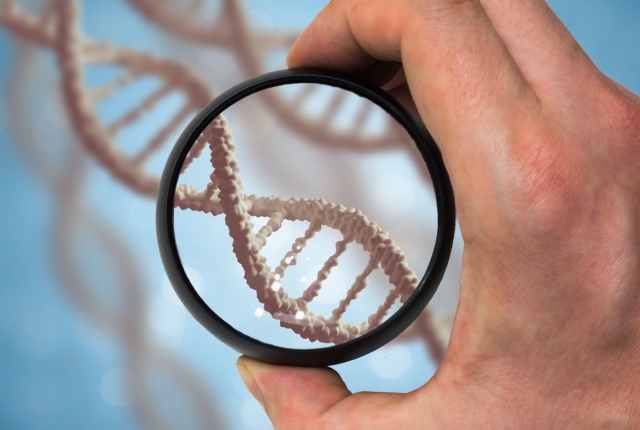Newly Identified Mechanism Behind the Development of a Rare Pediatric Tumor

An international research team led by scholars from the University of Bologna and the University of Sydney has finally unravelled the mechanism that leads to the formation of paediatric neuroblastoma, a rare form of cancer that affects around one hundred children under the age of three in Italy every year.
Published in Nature Communications, the study identifies the gene that initiates the tumour transformation as early as the embryonic and foetal stages of the body's development, also suggesting a potential therapeutic target from which new drugs could be derived to fight the disease.
“Our analysis has identified the function of a particular gene, which is essential not only for the birth of neuroblastoma, but also for the development of this paediatric tumour,” explains Giovanni Perini, professor at the Department of Pharmacy and Biotechnology at the University of Bologna and one of the study coordinators. “These are important results, which pave the way for the development of new approaches to the therapeutic treatment of the disease.”
Every year, paediatric neuroblastoma affects more than a thousand children worldwide. Although it is very rare, it is the leading cause of death among all children affected by cancer, because the therapies used today are still ineffective and have strong side effects.
In about half of the most severe cases, the tumour shows a genetic alteration consisting in the amplification of MYCN, a gene that controls the cell cycle and partly the differentiation of cells that, during development, are destined to become mature neurons. Normally, there are two copies of the gene within a cell, but when amplification takes place, there may be dozens or hundreds. As a result, instead of functioning properly, the neuronal cell begins to divide disproportionately, rapidly leading to the formation of the tumour mass.
“The precocity with which the tumour manifests itself in children suggests that the tumour begins to form when the child is still in the womb,” says Perini. “Until now, however, the genetic-molecular conditions that drive the MYCN gene to initiate the tumour formation process were unclear, and above all, we did not know whether other genes were also involved.”
In an attempt to shed light on these open questions, the scientists started off with an animal model with high levels of MYCN that develops neuroblastoma in the same manner and with the same characteristics as human neuroblastoma. An extensive screening job was then initiated, during which more than two thousand genes were systematically inactivated, one by one, to assess their possible involvement in tumour development. After several hundreds of tests, the researchers were able to isolate a single gene, called RUNX1T1, whose inactivation prevents the onset of the disease.
“An inactivating mutation in the RUNX1T1 gene is sufficient to prevent MYCN from initiating the tumour process,” confirms Giorgio Milazzo, a researcher at the Department of Pharmacy and Biotechnology at the University of Bologna and one of the authors of the study. “Since this discovery, our studies have shown that the RUNX1T1 gene functions as a repressor of gene transcription already from the embryonic stage. It actively cooperates with MYCN in preventing the expression of those genes needed for neuronal differentiation and, indeed, in promoting uncontrolled cell proliferation.”
Thanks to this study, the RUNX1T1 gene could become a new therapeutic target in the fight against paediatric neuroblastoma, through drugs capable of deactivating its action.
The study was published in https://doi.org/10.1038/s41467-024-49871-0Nature Communications under the title “The transcriptional co-repressor Runx1t1 is essential for MYCN-driven neuroblastoma tumorigenesis”. Giorgio Milazzo, Martina Santulli, Piergiuseppe De Rosa, Federico M. Giorgi and Giovanni Perini participated on behalf of the University of Bologna (Department of Pharmacy and Biotechnology).





